It is early morning, and the light is soft. The writer, like the artist, sits and stares at the sheet of paper before him: empty, white. In his hand he holds a pen.
Making ink-marks on the sheet of paper: that, it has been said before, is what artists and writers have in common. But this morning, the writer, like the artist, does not know where to start; or, rather, how.
In his hand, the very slight weight of the pen--Sanford Uni-Ball Onyx, fine point, blue ink--is a gesture both familiar and strange. The pen is both a comfort and a provocation. And the empty, white sheet of paper is a prism through which the writer sees into his heart of darkness, and his heart of light.
The writer must start somewhere, so he starts with the simplest, most ordinary word he can think of. Anything could follow this word. The word is: “the”.
The writer stares at this word, scrawled in the upper left corner of the no longer empty sheet of paper. Anything could follow this word, but staring at it, the writer realises he doesn’t know anything.
He stares at this simple, familiar word--“the”--until it begins to look strange and unsettling. The writer wonders if anyone has ever really looked at this word before--the shapes of the letters, their darts and curves. The “t” and the “h” like cruel hooks turned this way and that. The “e” like a sickle. How would you pronounce a word like this? Why would you wish to? The writer wonders how anyone has ever been able to write this word, make those particular shapes with a pen, and then go on to write another.
Like the writer, the artist does not know where to start. The artist stares at the empty, white sheet of paper; he studies its grain, the way one corner curls slightly away from his table, the microscopic specks of dust across its surface.
The artist, like the writer, must start somewhere, so he draws a line: a simple horizontal line, in black ink, across the middle of the sheet of paper.
A line across the sheet of paper, for the writer, means either a blank space waiting to be filled, like this: ____________; or a sign for deletion, for removing something that, because the ink mark has already been made, cannot really be deleted:
Either way, for the writer, the line is a mark of failure. It goes nowhere.
For the artist, the line is a line, one of the basic elements of his medium. It is a beginning. It can go anywhere. It is a horizon, beyond which all is possible.
The writer knows it is unfair to think so, and furthermore untrue, but he thinks it anyway, constantly: it is easier for the artist.
And the writer wonders what the artist thinks.

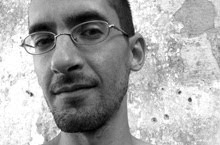


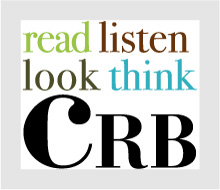
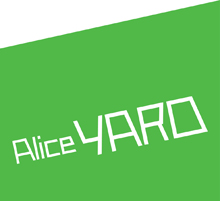
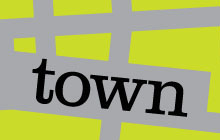

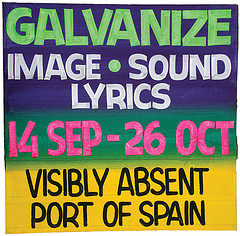
No comments:
Post a Comment